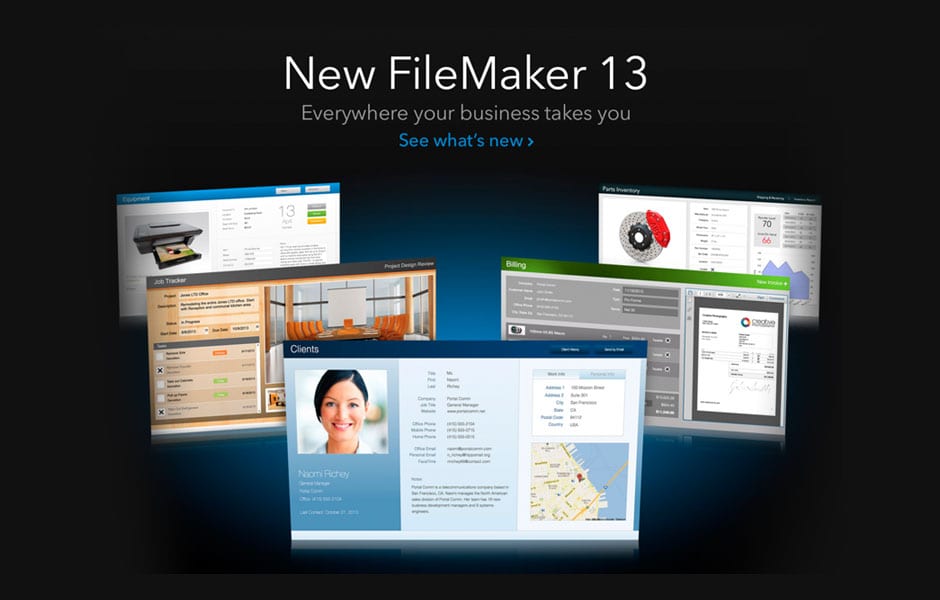
Now that Recover has become a multi-purpose tool in FileMaker 10, it probably should be called " File Maintenance / Recover". Recover is ( unfortunately ) not intended for routine file maintenance. FileMaker endorsed the " Myth of Recover" in Answer ID 2943 ( FileMaker 5 ) "Strategies for Protecting Files Whose Structures are as Important as Their Data" by saying that a master clone can be "possibly damaged due to corruption carried over from the original file. To help end the myth, FileMaker should rename the "Recover" command, perhaps to "Please open this damaged file, even though I probably shouldn't use it anymore". Hundreds of Tech Talk posts start out by saying "I ran Recover, and my file still has problems". FileMaker 2.0 "Help" did state that recover "creates a repaired copy of a damaged file" ( A quick lunchtime survey at a recent FileMaker Developer Conference showed more than half still thought recover to be a "repair" utility ). The myth that Recover "repairs" damage goes back to FileMaker 2.0. and in Answer ID 4426 "Corrupt / Damaged Files" "Because the recovery process removes structures that may harbor corruption, you may not want to use recovery for routine maintenance" If the recovered file is missing significant portions of your database, one option is to send the database to FileMaker to attempt a more complete recovery of the file" Corrupted portions of the file are often eliminated from the recovered file, not fixed. "Recover" was best described in Answer ID 2944 "Tips on Backup and File Recovery": "The primary goal of the Recover command is to retrieve the good parts of the file, resulting in a good working file. Delete, or re-name any existing Recover Log before you start Note: If you run Recover more than once, the results appear in the same Log, concatenated, which can be confusing. Recover can also repair certain problems ( see below ) It probably pays to "Rebuild field indexes", since that may be the problem ( The Recover Log will show any index "Difference" ). You can then try editing or deleting those objects in the original file, run Recover again, and check if the "Problems" are gone. search the Log for "changed" items, or any "difference" other than zero, such as "Difference from old index is. Run Recover ( FileMaker 10 and higher ), review the Recover Log, and use it as a Validation Tool to help identify any "Problem" objects ( e.g. Also, for the export data step, you can use a "merge" file, as explained below. It will clean up your data and structure, just keep in mind that it may not remove the corruption, and may instead remove unexpected portions of your files. If your files are not stable, this is always worth a try. FileMaker's "official" method to recover and rebuild files is described in Answer ID 1580 "How To Organize The Recovery Process When Recovering Related Databases". These methods apply ( often repeatedly ) recover, save as clone, and save as compressed in various combinations, and may, or may not, workįileMaker offers a version of this approach in Answer ID: 7336 "Ensuring that all of your hosted files are clean of corruption", although it "ensures" nothing, and is misleading "export data to a text file, import back into a recovered clone, then save a compressed copy". FileMaker folklore is filled with "sure-fire" methods for dealing with corruption, e.g. Note: It is not clear if this is still true for fmp12 files. Filemaker server 13 specifications free#
The resultant FileMaker files should be corruption free however as with most issues of file corruption, the conversion engine may not satisfactorily convert unhealthy files".


The FileMaker 8 Tech Brief "Migration Foundations" claims that "FileMaker does a very good job of converting databases, even those with some structural corruption. fp7 is worth a try ( but not as easy as upgrading to.

I was able to "repair" one of my hidden corruption files, by upgrading an entire solution from FileMaker 4 to 5. Upgrading to a new FileMaker file format may help.They can now help with damaged access privileges FileMaker's File Recovery Service will attempt to restore both data and structure ( Answer ID 1633 ), but there are no guarantees.







 0 kommentar(er)
0 kommentar(er)
